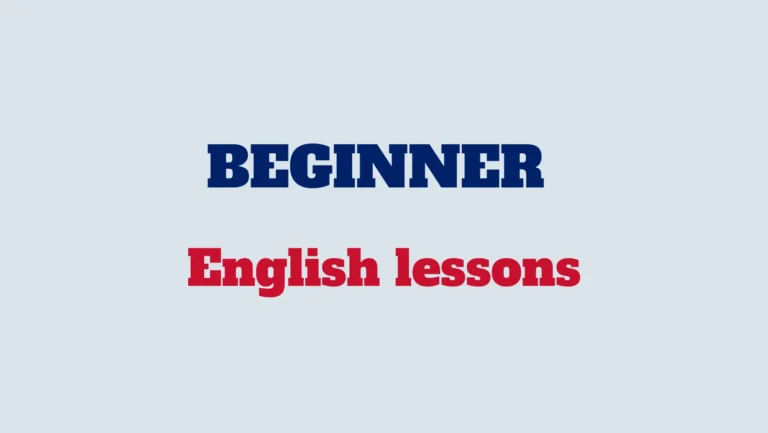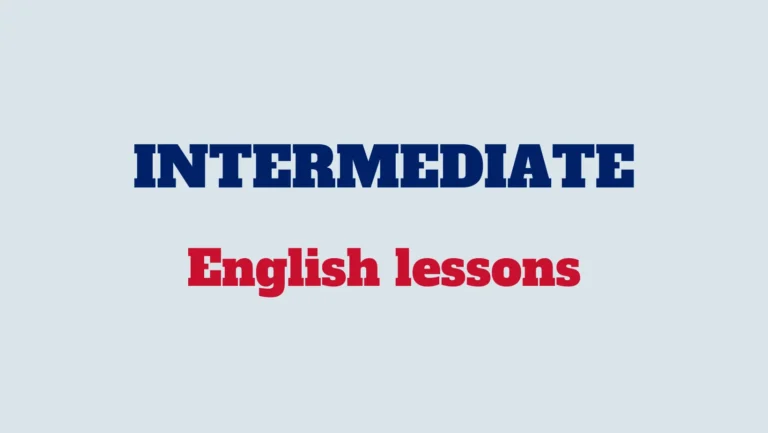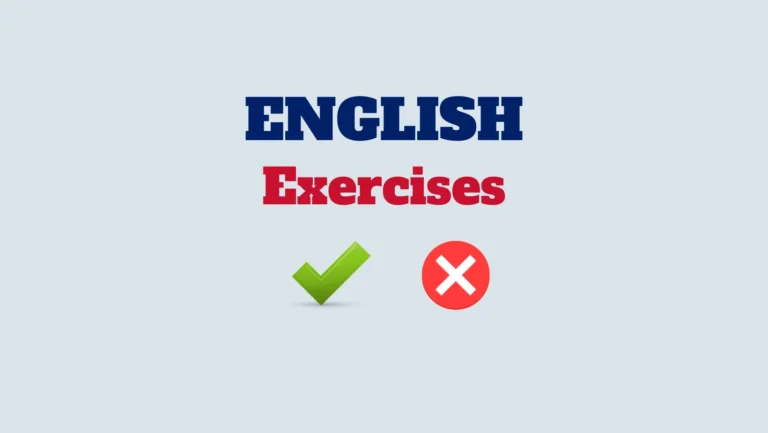In this lesson, we’ll explore the meanings and distinctions between the confused words: “Antagonist” and “Protagonist.” While both words are commonly used in literature and storytelling, they represent different roles and functions within narratives. Understanding the difference between them is essential for analyzing characters and narratives effectively.
Word 1: Antagonist
Definition:
“Antagonist” refers to a character, group, or force that opposes or competes with the protagonist in a story. The antagonist typically creates conflict or obstacles for the protagonist to overcome, serving as the primary source of opposition.
Examples of Use:
“Once close friends, they became antagonists later in life, each pursuing conflicting goals.”
“In the novel, the antagonist is a cunning villain who seeks to thwart the protagonist’s plans at every turn.”
“The antagonist’s motivations and actions drive the plot forward by creating tension and conflict.”
Word 2: Protagonist
Definition:
“Protagonist” is the main character or central figure in a play, novel, or story. The protagonist is usually the character with whom the audience identifies or empathizes, and whose journey forms the focus of the narrative.
Examples of Use:
“The protagonist in tonight’s play also serves as the narrator, offering insights into the unfolding events.”
“In the epic fantasy series, the protagonist is a young hero who embarks on a quest to defeat the dark forces threatening the world.”
“Protagonists often undergo personal growth or transformation throughout the story, facing challenges and overcoming obstacles along the way.”
Summary:
In summary, “antagonist” refers to a character or force that opposes the protagonist, creating conflict and obstacles in the narrative. On the other hand, “protagonist” is the central character around whom the story revolves, whose journey and development drive the plot forward. Understanding the roles of antagonist and protagonist is crucial for analyzing characters and narratives in literature and storytelling.



